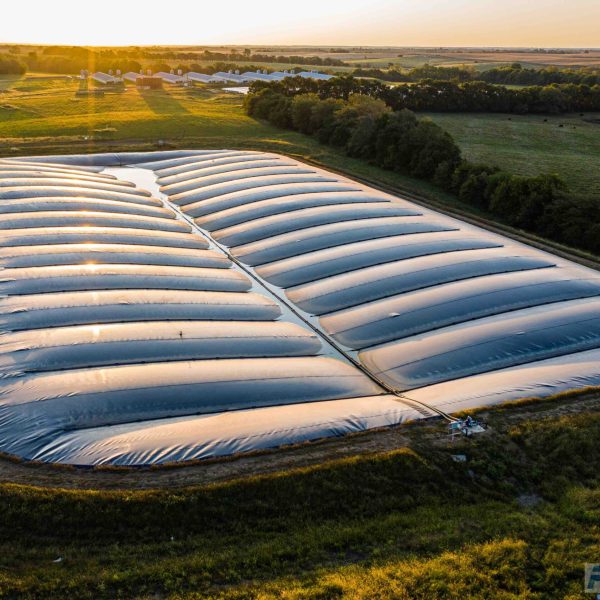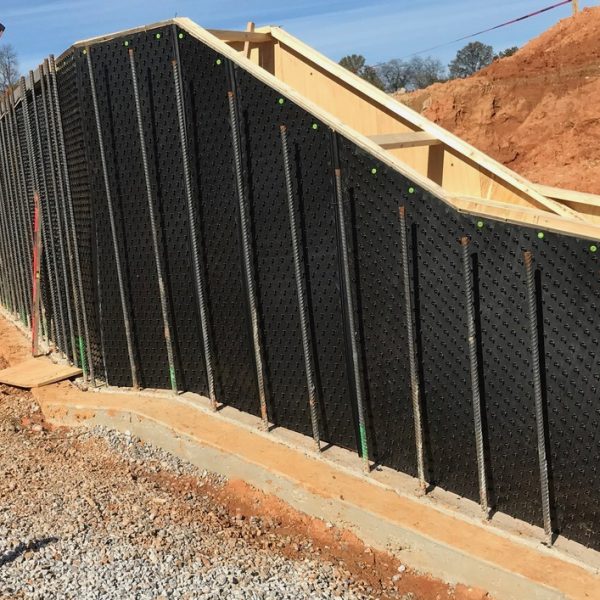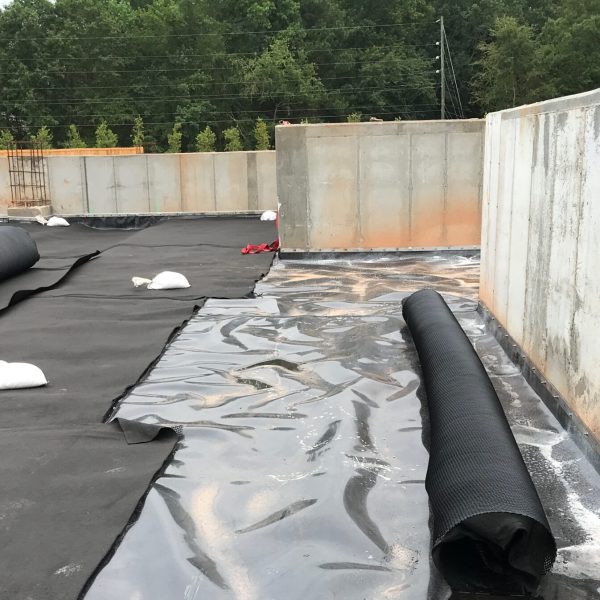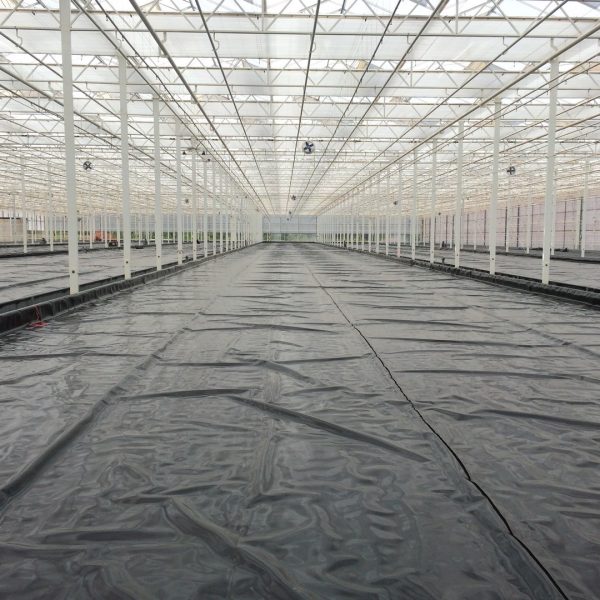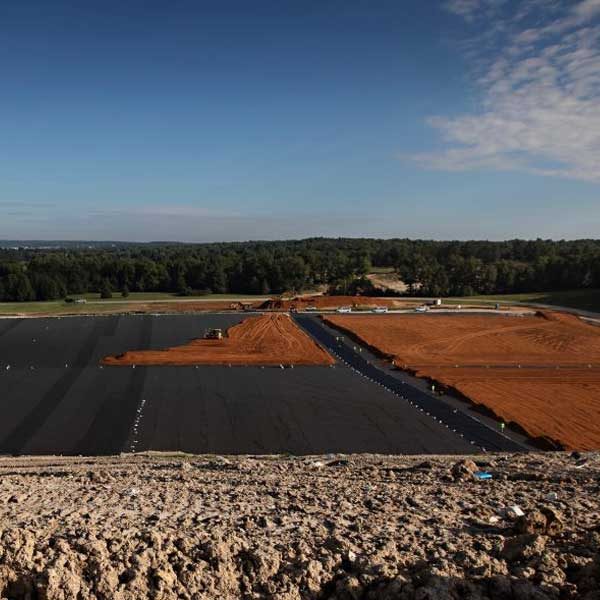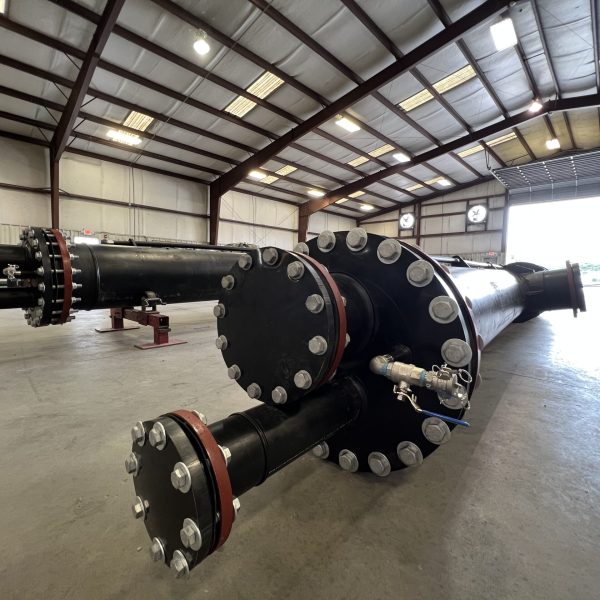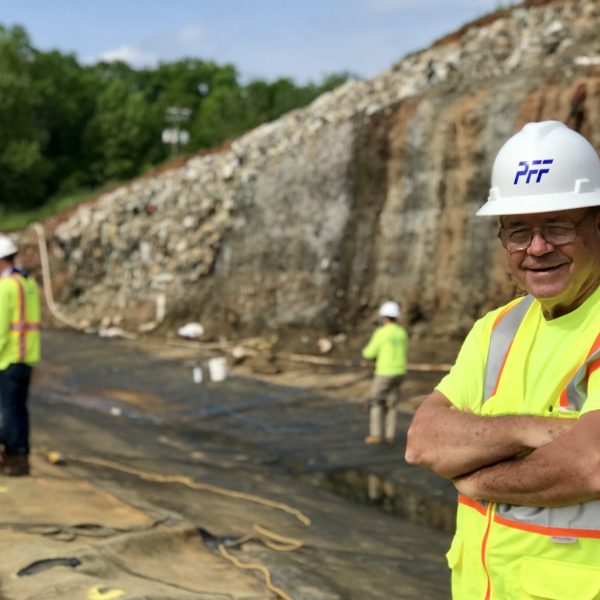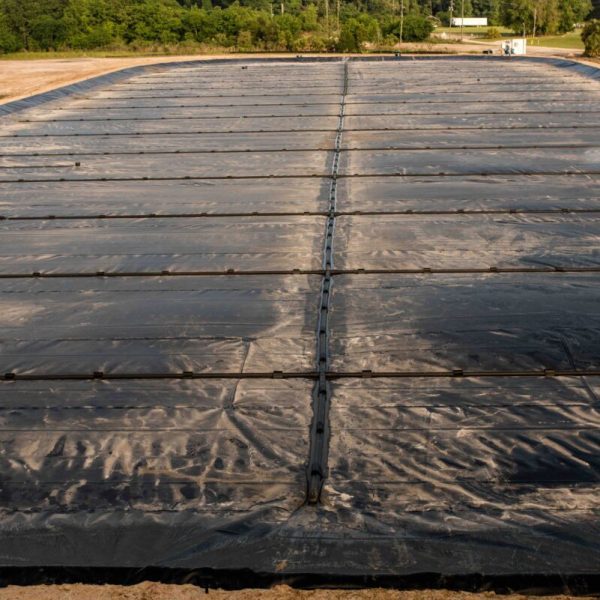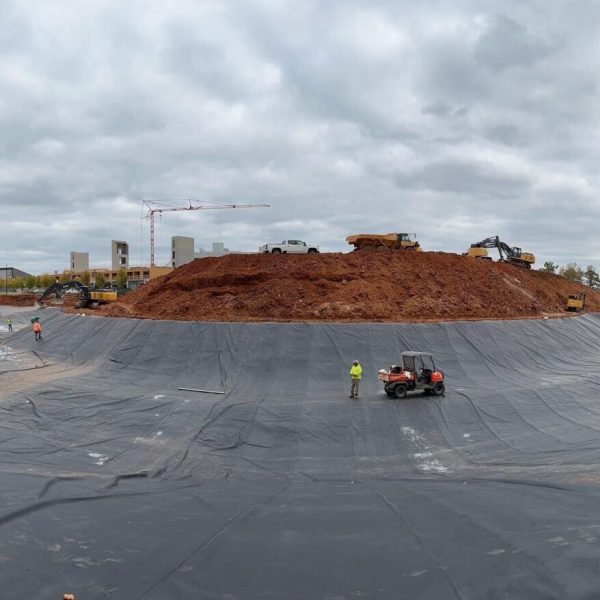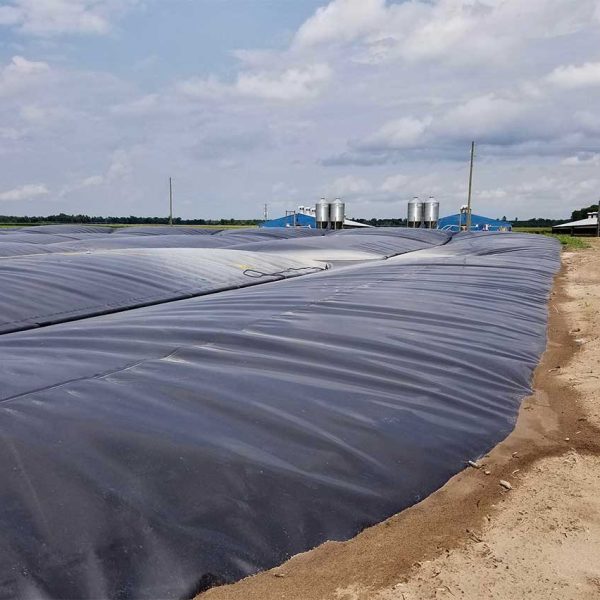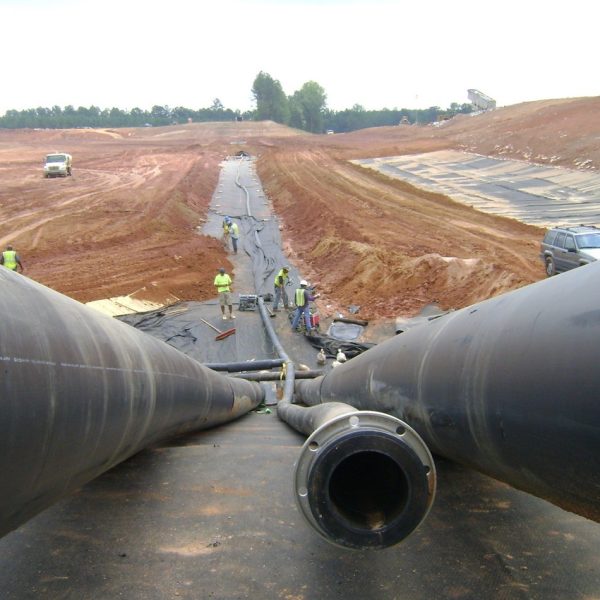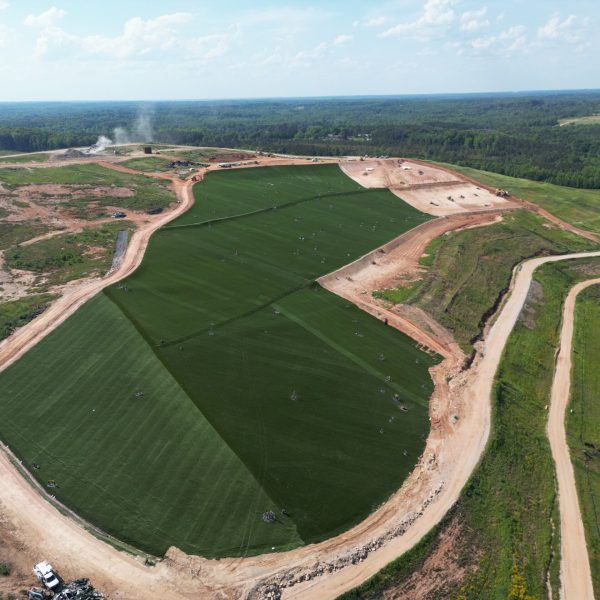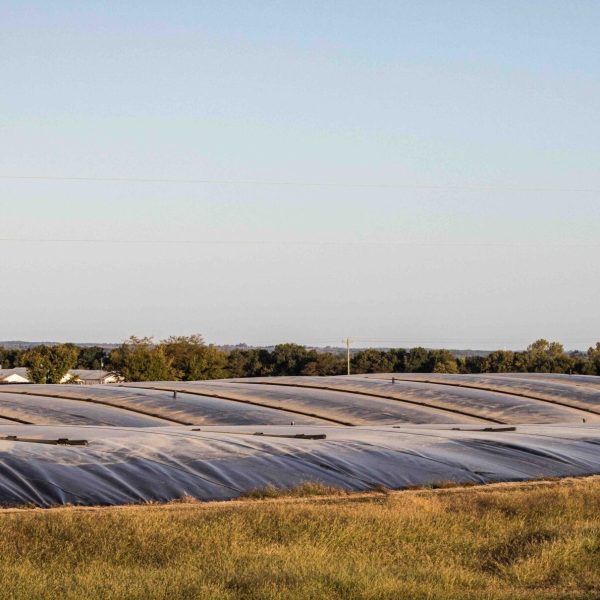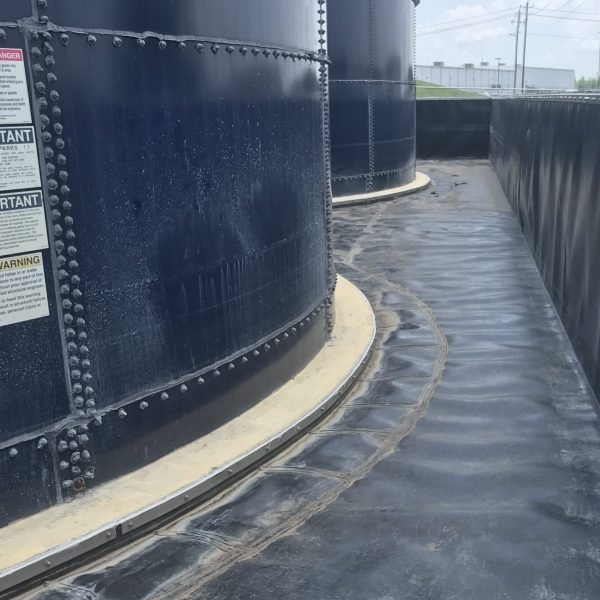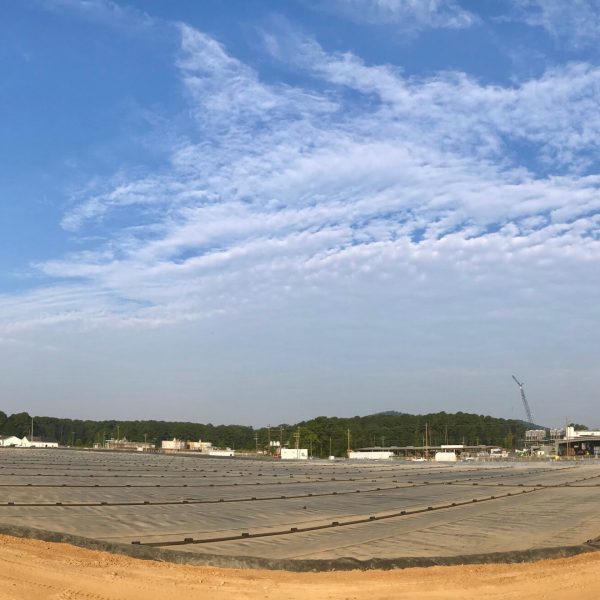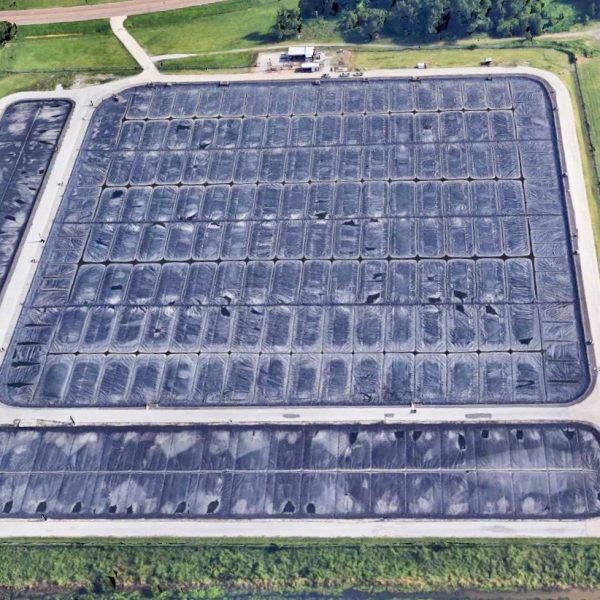Landfill Covers Installer
CONTACT NOW FOR FREE CONSULTATION










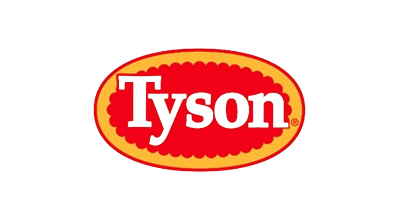




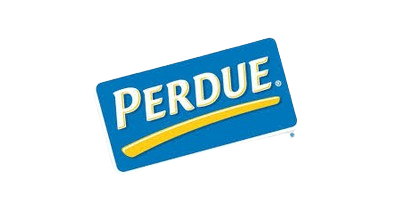


Unmatched Performance
Anaerobic Digester Covers
We design and install HDPE cover systems for anaerobic digesters and are a pioneer in anaerobic digester lagoons for biogas collection and conversion to Renewable Natural Gas (RNG).
Liner Systems
Plastic Fusion has been installing geosynthetic containment systems for more than 40 years.
Piping Systems
Our custom fabricated piping systems meet even the toughest handling requirements. Materials offer long-term chemical resistance and environmental containment.
Concrete Protective Liners
Plastic Fusion is a leader in the installation of concrete protective liners in industrial tanks and storage facilities, wastewater treatment tanks, and chemical processing plants.
Landfill Covers Installer
CONTACT NOW FOR FREE CONSULTATION
Read more
What Are Landfill Covers?
Landfill covers are protective barriers placed over landfills to contain waste materials, prevent the release of harmful gases, and control water infiltration. These covers can be temporary or permanent and are essential for minimizing landfills’ environmental impact by preventing odors, limiting leachate production, and reducing greenhouse gas emissions.
Why Are Landfill Covers Important?
Landfill covers play a crucial role in environmental protection by reducing the release of methane and other harmful gases into the atmosphere. They also prevent rainwater from seeping into the landfill, which minimizes leachate formation, a liquid that can contaminate nearby soil and water sources.
What Materials Are Used for Landfill Covers?
Landfill covers are typically made from durable materials such as high-density polyethylene (HDPE), geomembranes, clay, or soil. These materials are chosen for their ability to resist weathering, prevent water infiltration, and contain gases, ensuring the long-term stability and safety of the landfill.
How Do Temporary and Permanent Landfill Covers Differ?
Temporary landfill covers are used during the active phase of a landfill’s operation to control odors and gases. They are often made from flexible materials that can be easily moved. On the other hand, permanent landfill covers are installed once the landfill is closed and are designed to provide long-term environmental protection by sealing the landfill from the elements and preventing erosion.
What Are the Environmental Benefits of Landfill Covers?
Landfill covers help reduce greenhouse gas emissions by trapping methane and other gases produced by decomposing waste. They also protect groundwater by preventing rainwater from entering the landfill and creating contaminated leachate. Additionally, covers help maintain soil integrity and reduce erosion in the surrounding area.
How Are Landfill Covers Installed?
Installing landfill covers involves grading the landfill surface to ensure proper drainage, applying a liner or membrane to create a barrier, and then covering it with soil, vegetation, or another protective layer. The process is carefully managed to ensure long-term effectiveness and compliance with environmental regulations.
What Is the Role of Landfill Covers in Gas Collection?
Landfill covers are integral to landfill gas collection systems. By trapping gases such as methane under the cover, these gases can be collected through a network of pipes and either flared off or used for energy production, reducing the landfill’s environmental footprint.

